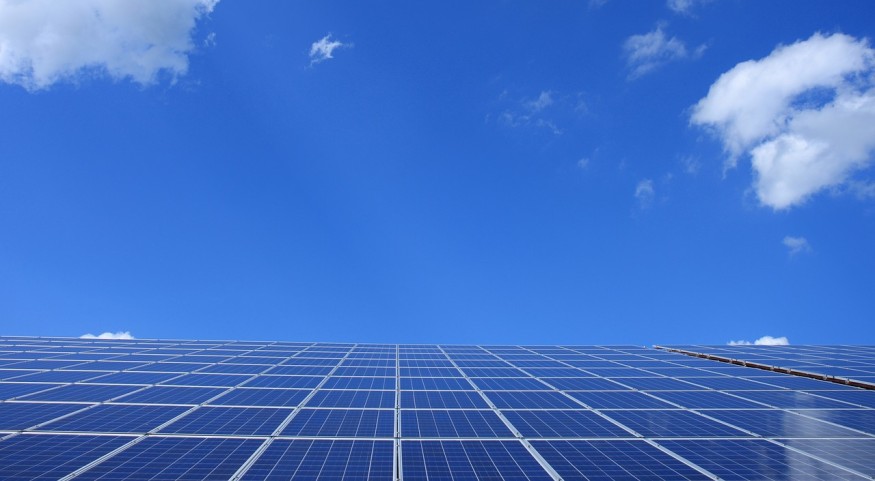The city of Barcelona has built Spain's first photovoltaic pavement as part of its goal to become carbon-free by 2050.

About 50 square meters of non-slip solar panels installed in a small park in the city's Glries neighborhood would produce 7,560 kilowatt-hours per year, enough to power three households.
Project Cost

The city has paid more than $36,000 towards the cost, with the manufacturer covering the rest. Within six months, the scheme's feasibility will be evaluated. "We'll have to measure the wear and tear because it's clearly not the same as placing panels on a roof, even though they're highly resistant," says Eloi Badia, the Barcelona city councilor in charge of climate emergency and ecological change.
"In terms of cost savings, it's impossible to say how much better it would be if it were scaled up for a pilot scheme like this. We want to put more solar panels on roofs and, if this project succeeds, on the ground to power lights and other public facilities."
He does, however, point out that due to Barcelona's high population density, generating enough power inside the city limits to become self-sufficient will be impossible.
Providing Power to Bigger Establishments

"We'll have to think about providing power to blocks of apartments, but we'll also have to think of using wind and solar parks outside the city if we're going to meet a zero-emissions target," Badia says. "However, ground-level installations like this open up new opportunities, and not just for Barcelona."
The Barcelona project follows a 25-meter solar cycle lane in Utrecht, the Netherlands, last year. The provided energy is used to power lighting and, in the winter, to heat the path to keep it from freezing over.
The majority of Spain's solar energy comes from vast farms in rural areas where land is inexpensive, but urban centers are far away. The current trend is to expand power in cities, where it is most needed.
Creating Green Policies

According to Fernando Prieto, executive director of the independent think tank Sustainability Observatory, "what we need to concentrate on is green policies to generate jobs, primarily to put solar panels on 1 million rooftops." "It will take five years to produce enough energy to power 7.5 million households, build over 15,000 jobs, and reduce CO2 emissions by 4.2 million tons."
He says that it will reduce energy prices and assist people in being independent of the industry's few power providers.
"Instead of this basic initiative, we are constructing installations covering over 1,000 hectares on farmland and forests, sometimes with detrimental environmental consequences," Prieto says.
Minor Bumps Along the Way
The solar installation came to an immediate end under the former conservative government after punitive taxes were imposed. Spain is currently ranked 11th in the world for solar power and eighth for renewables combined, thanks to the repeal of the tariff by the incoming socialist government in 2018.
Major retailers have jumped on board, with companies including Ikea, Media Markt, and El Corte Inglés currently selling domestic solar installations for as little as €5,000 for a three-bedroom home.
Meanwhile, the government has announced plans to spend $2 billion in EU Covid-recovery funds in the manufacture of "green" hydrogen, which is generated by breaking up water molecules and releasing hydrogen using renewable energy. Spain's energy firms have stated that by 2030, this figure would have risen to $11 billion.
For more Environmental news, don't forget to follow Nature World News!
© 2025 NatureWorldNews.com All rights reserved. Do not reproduce without permission.





